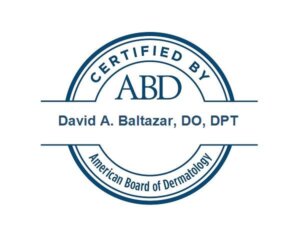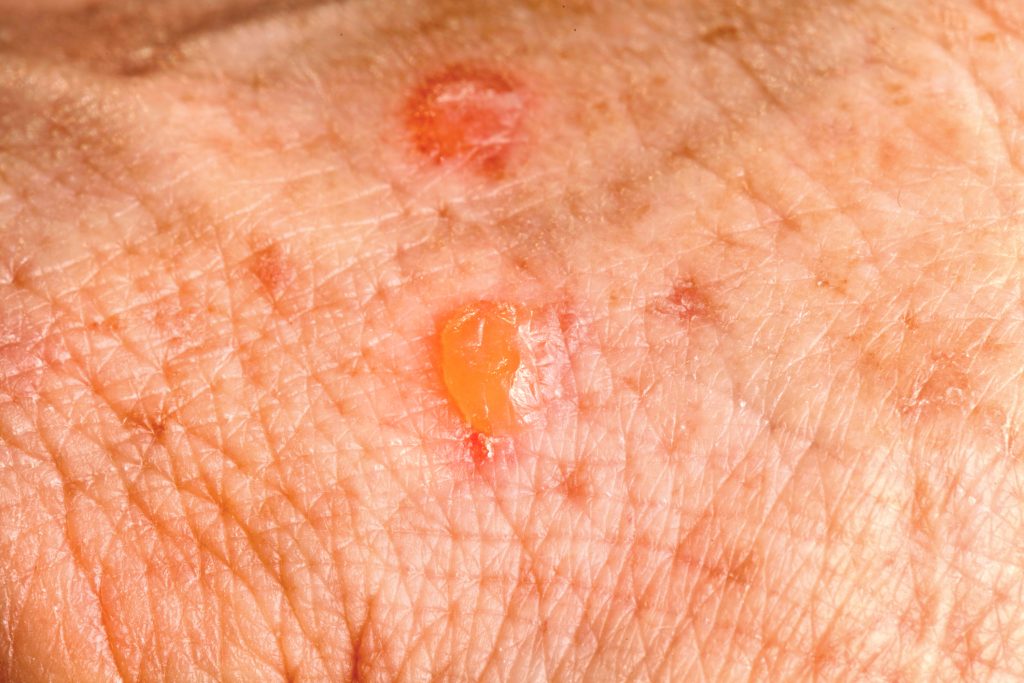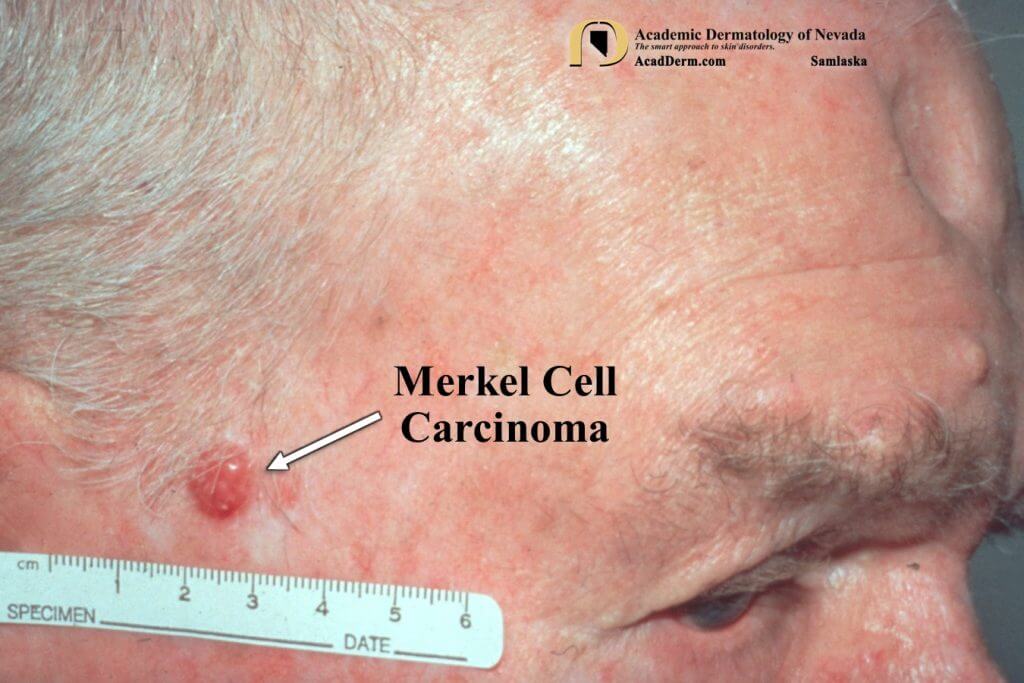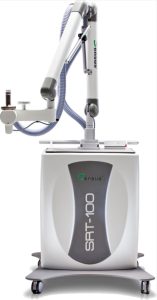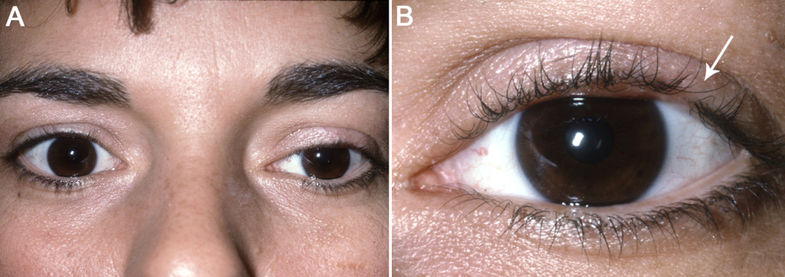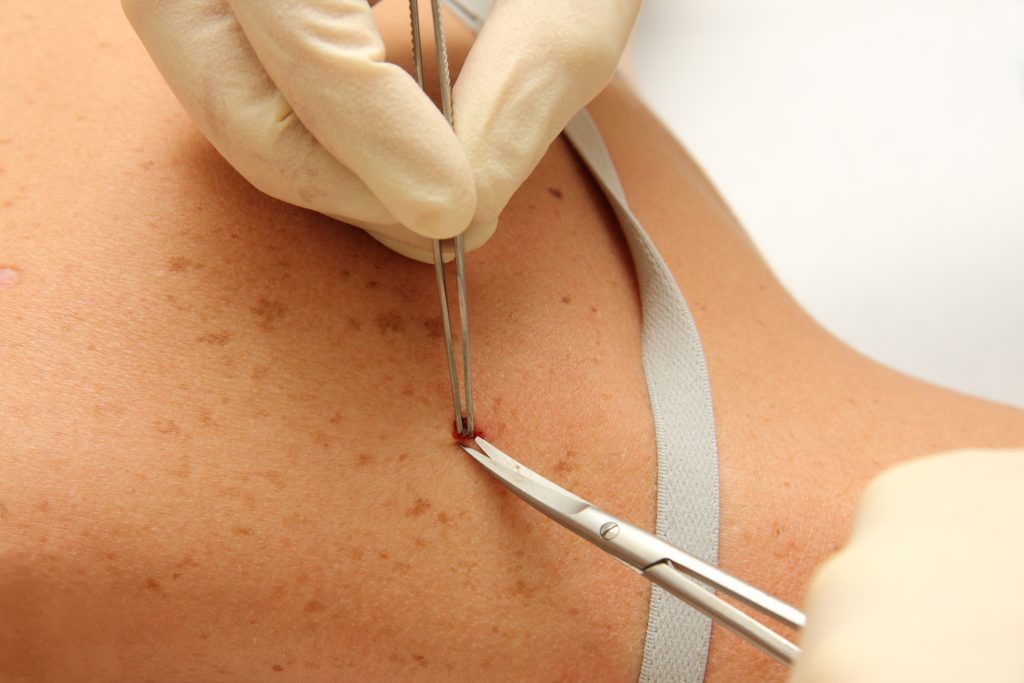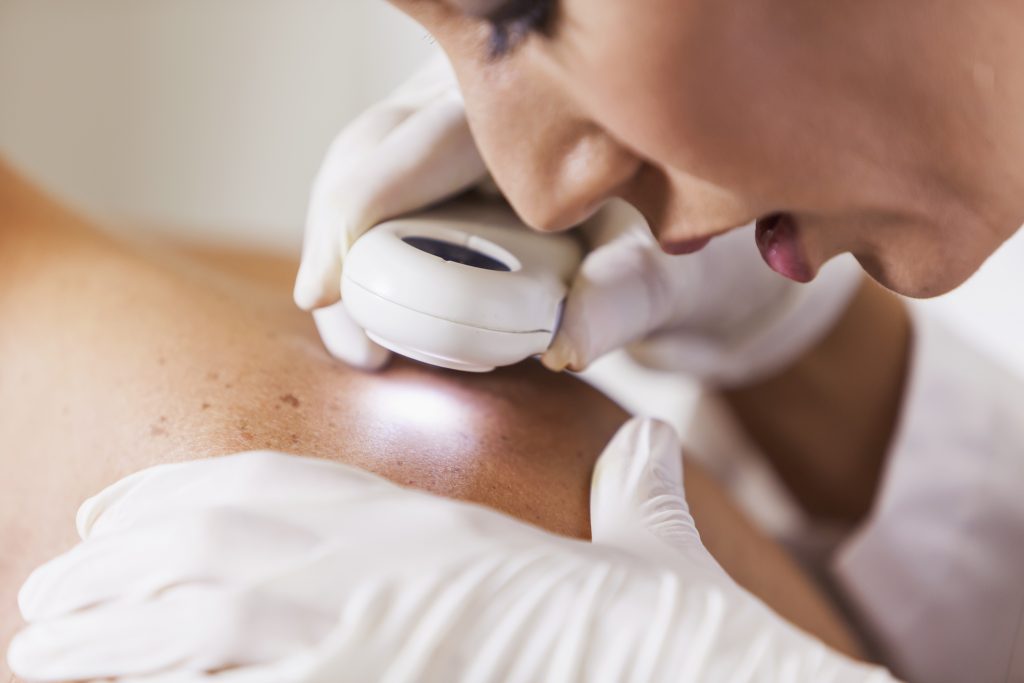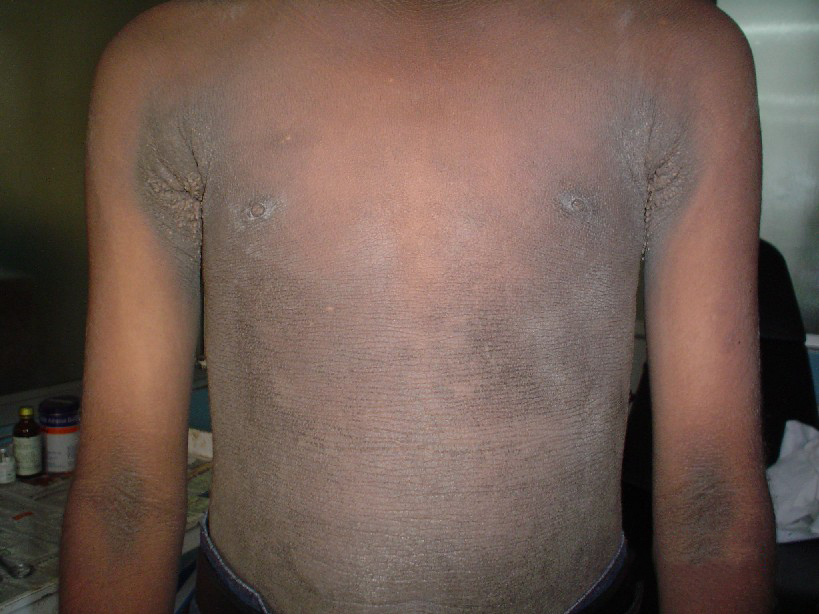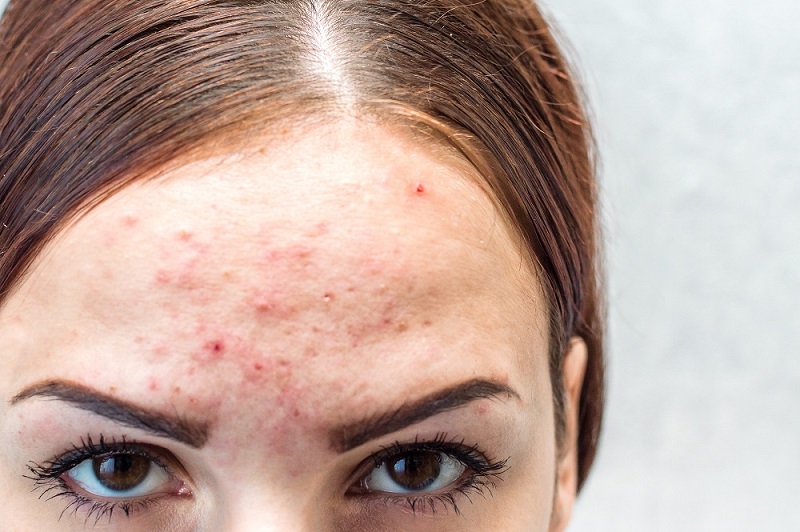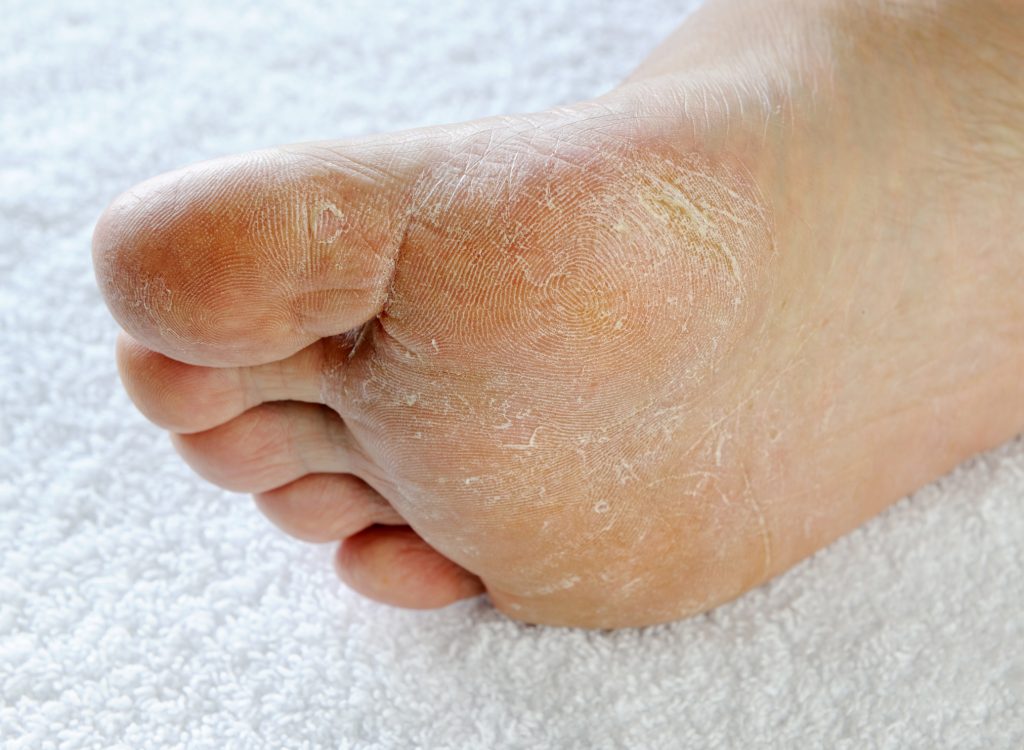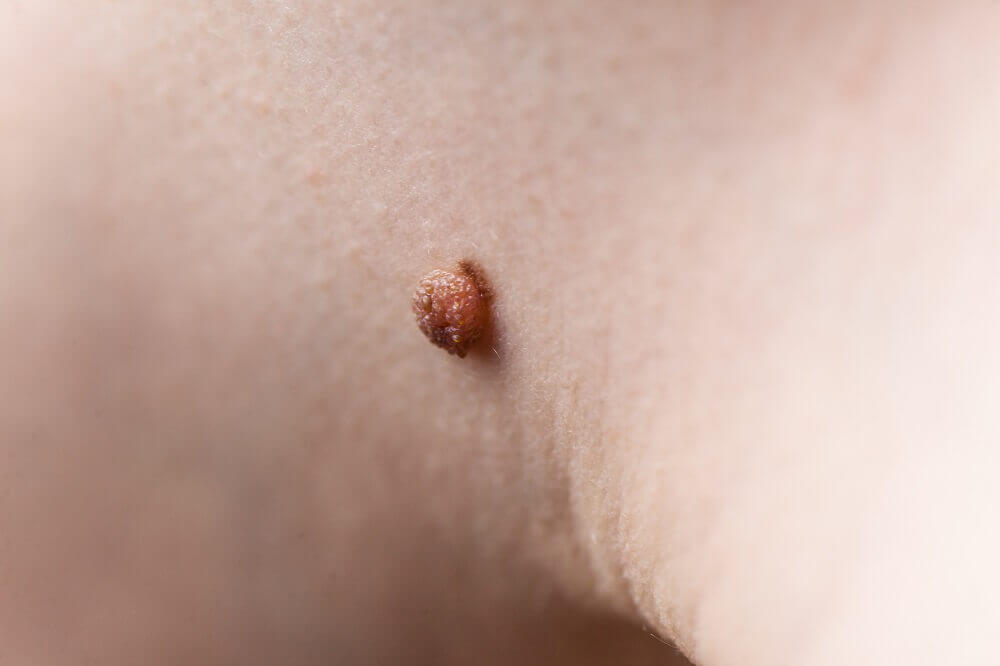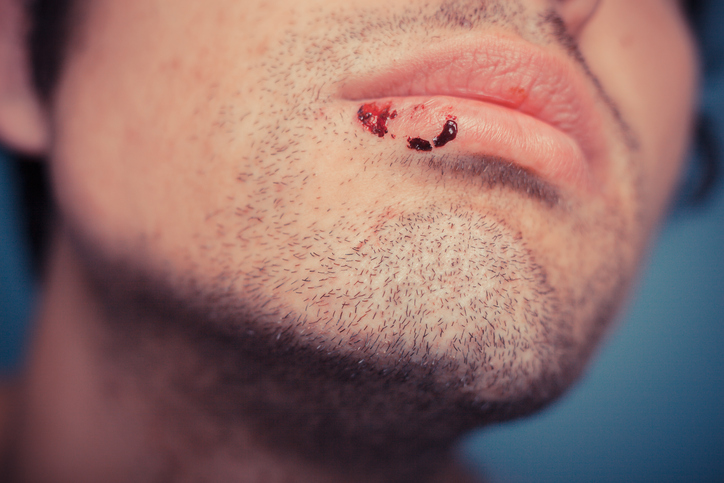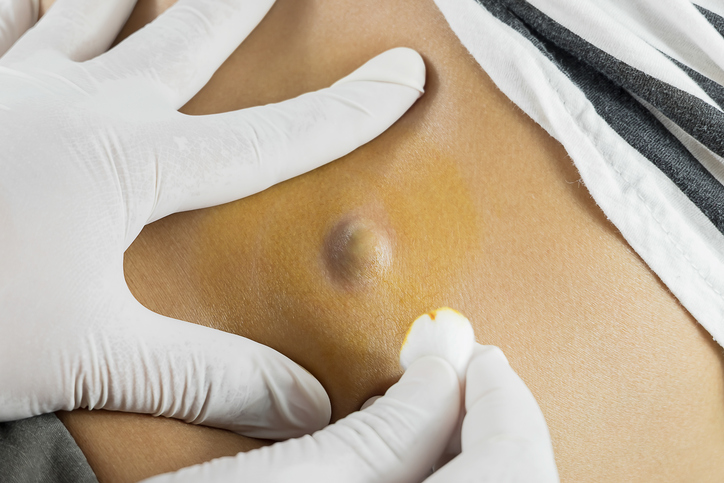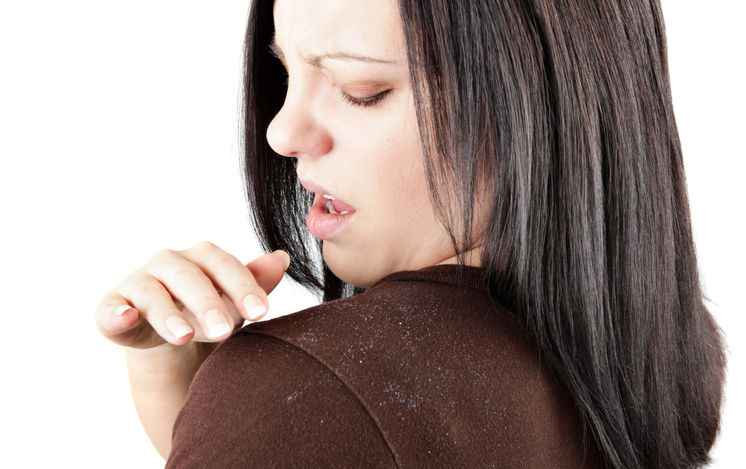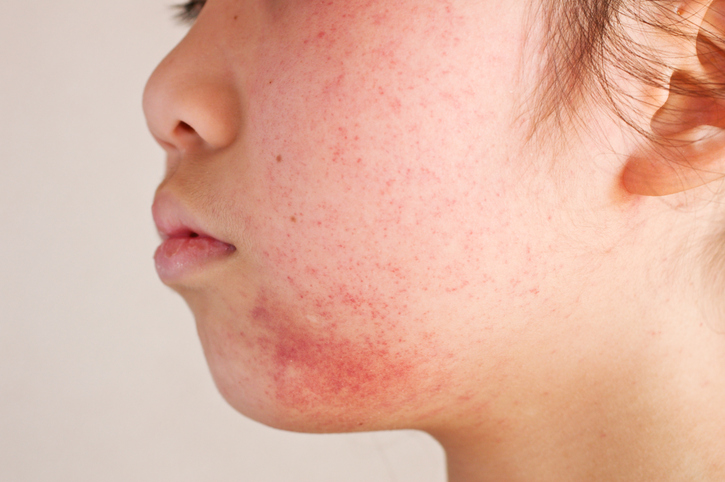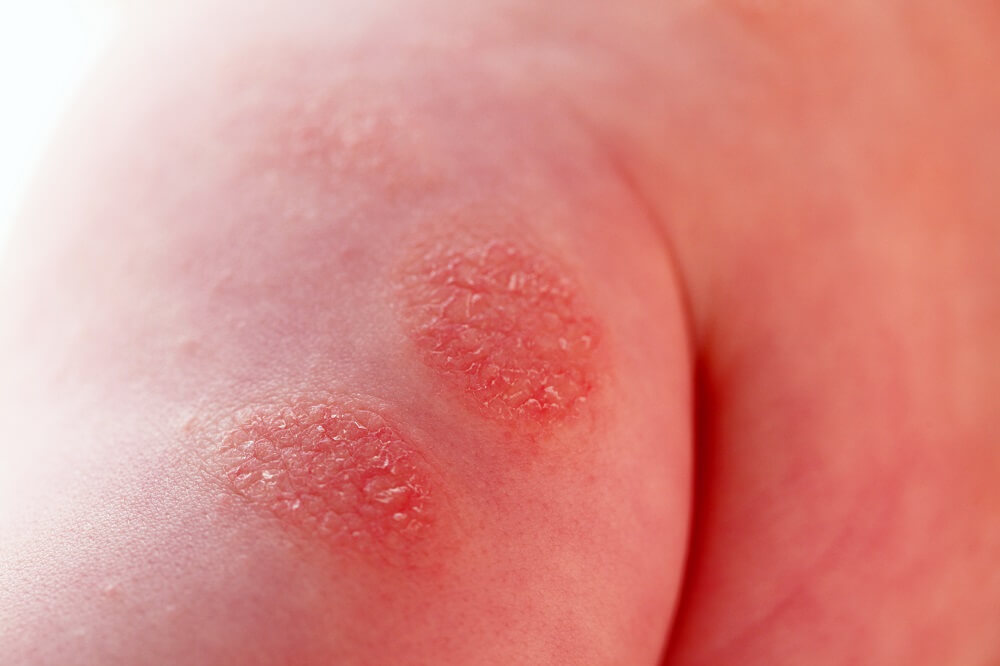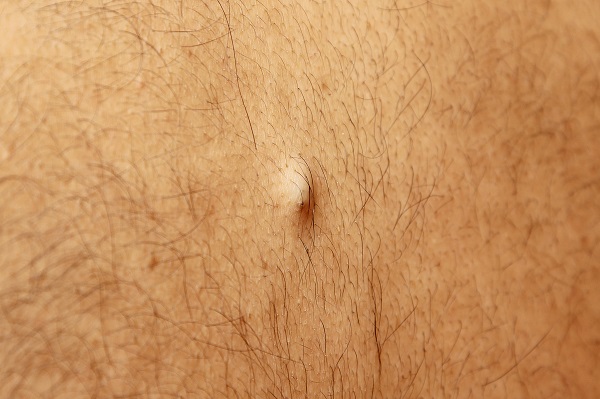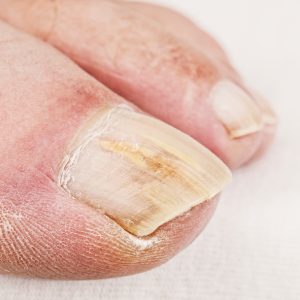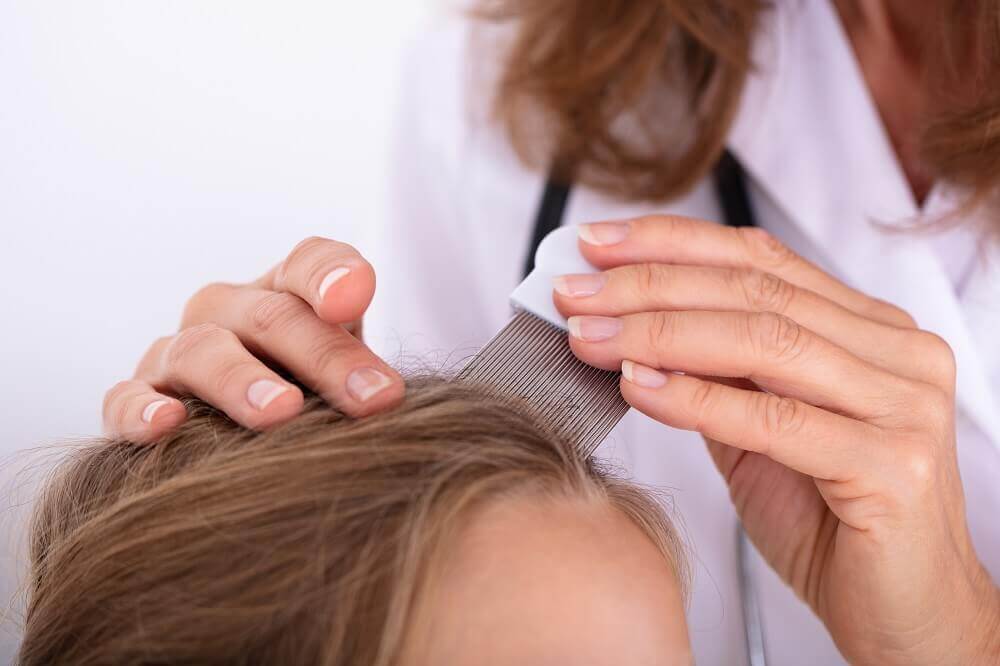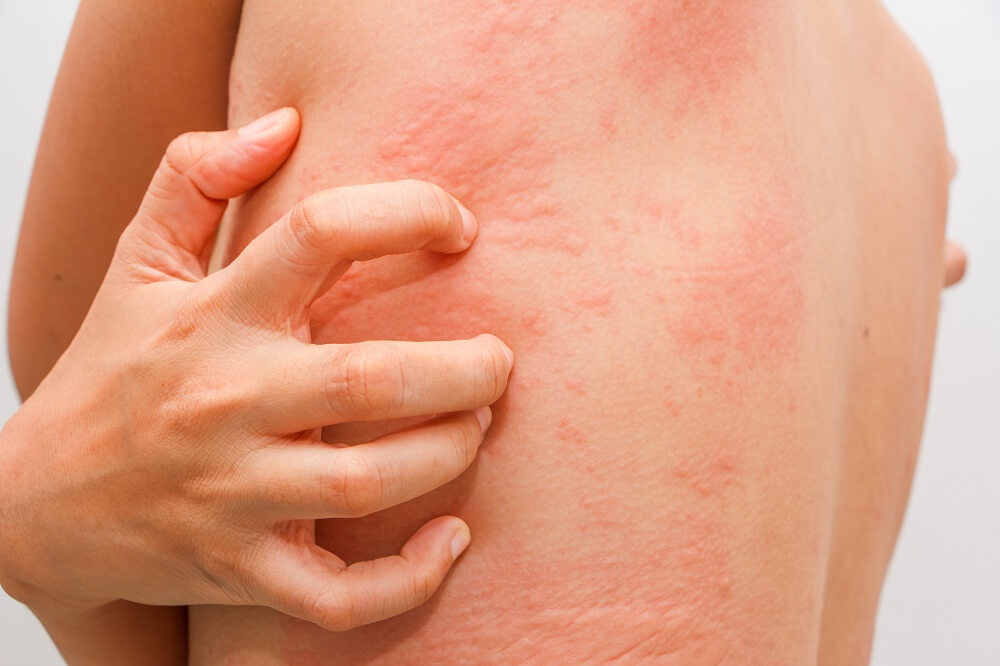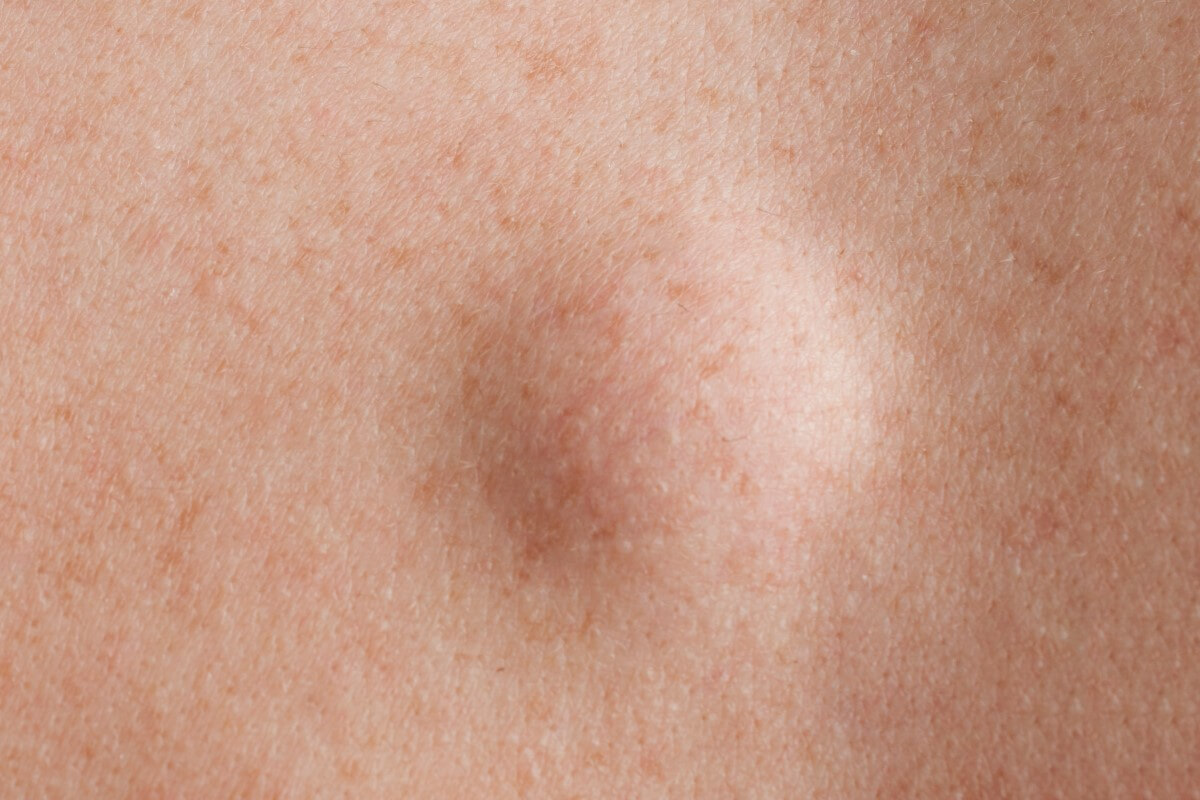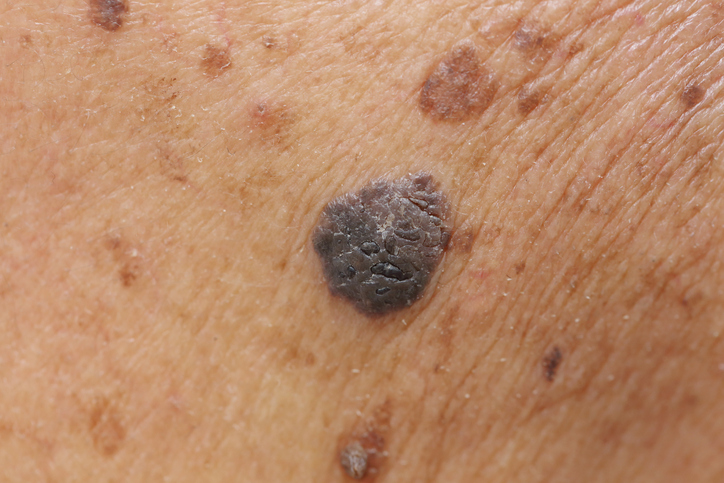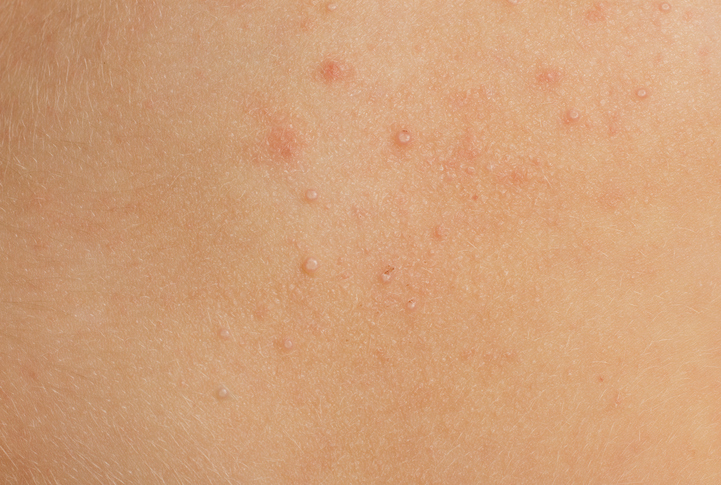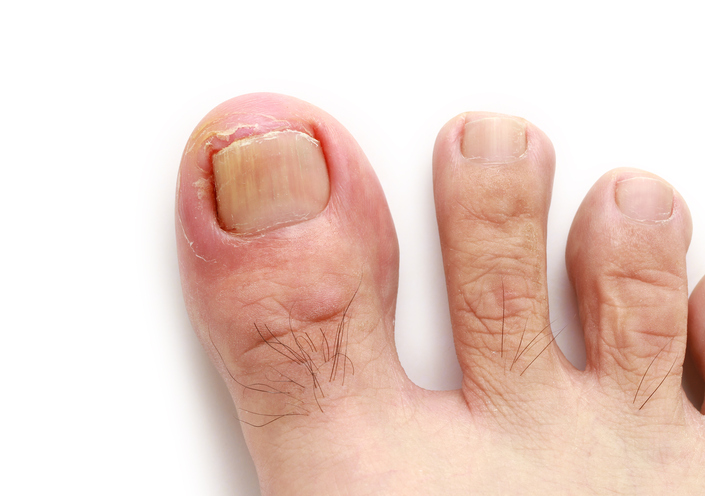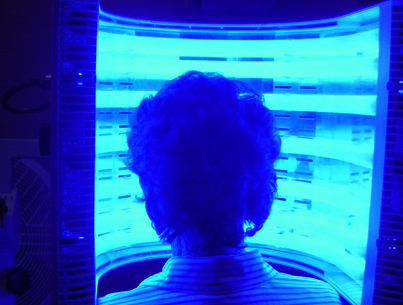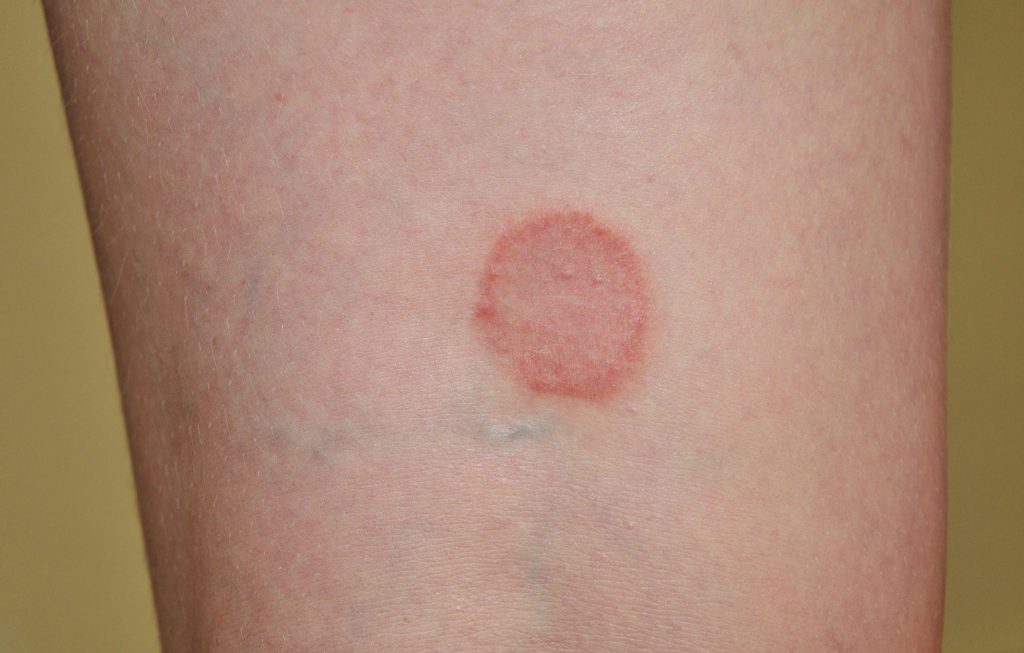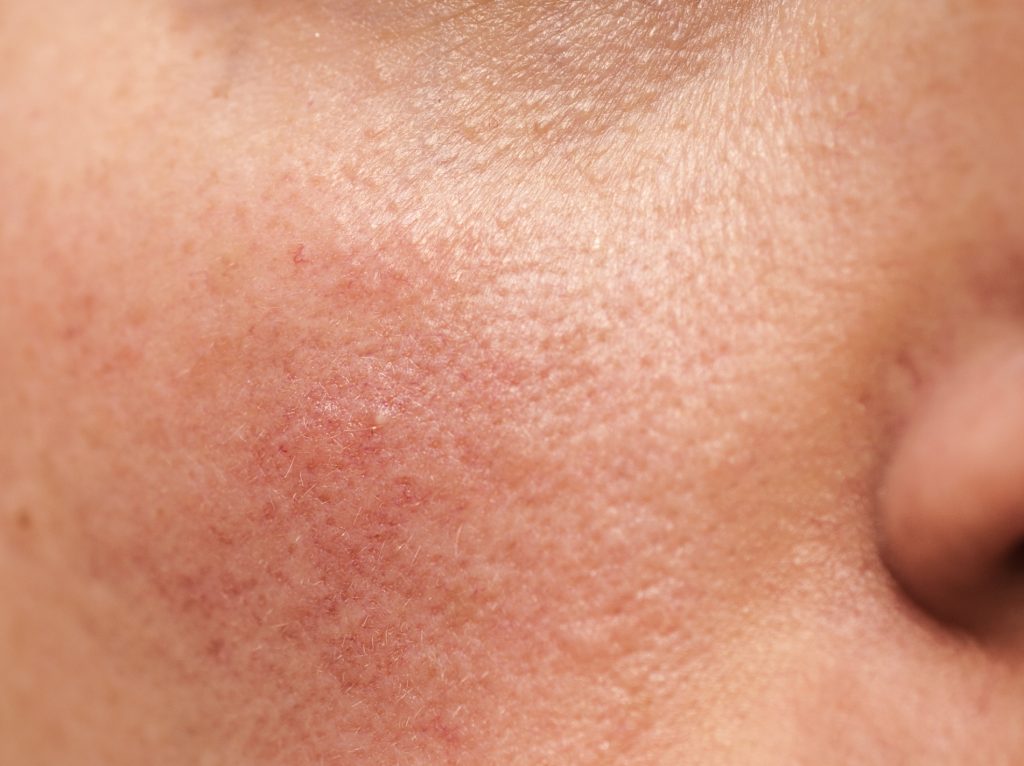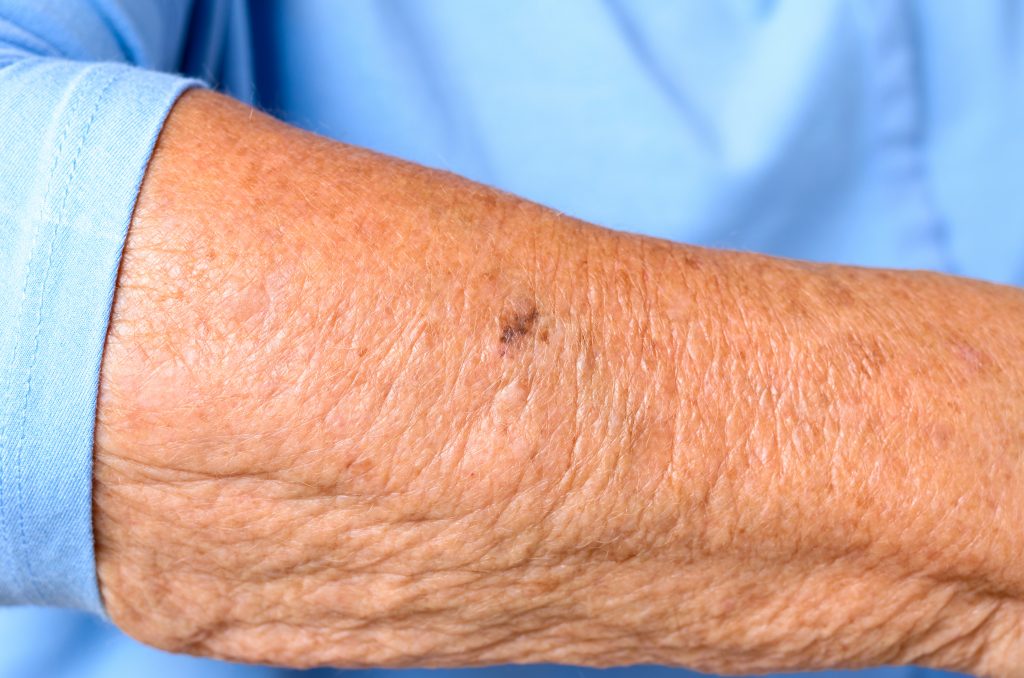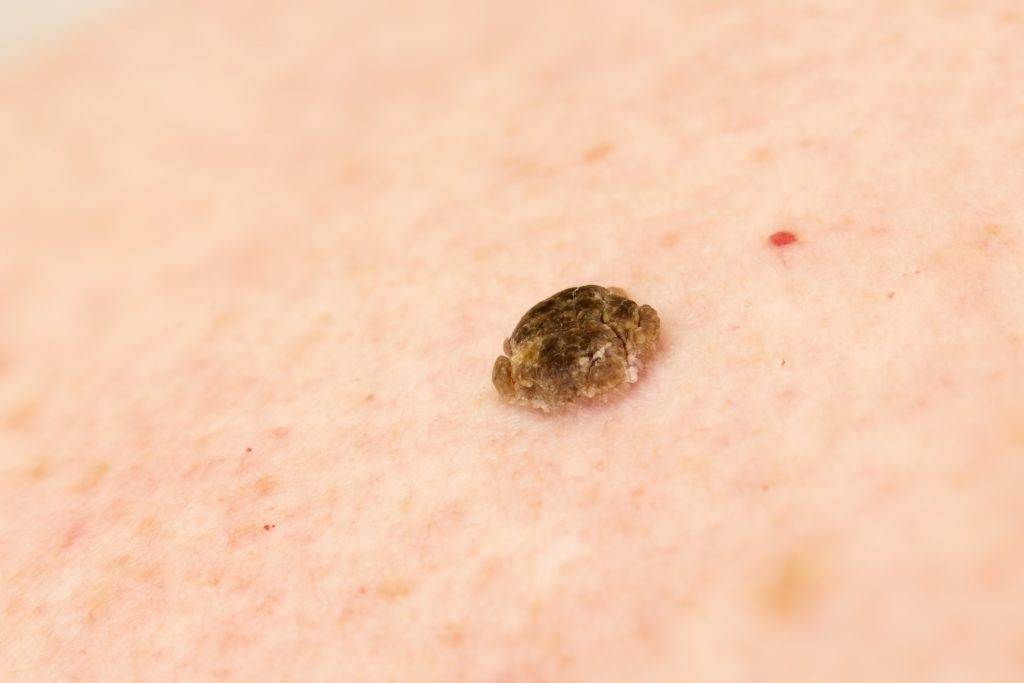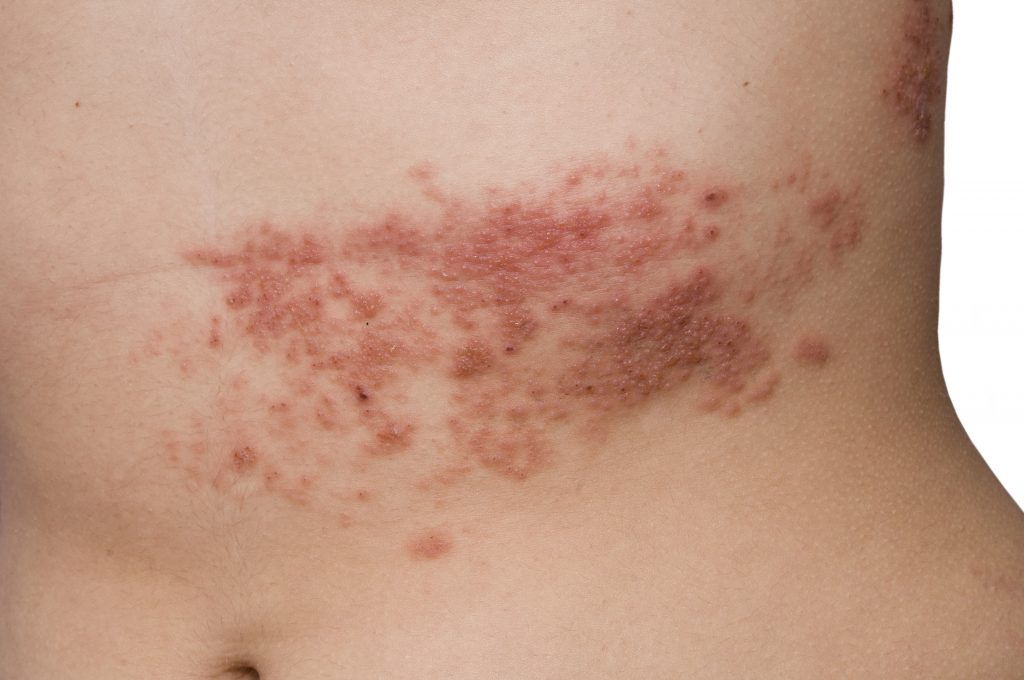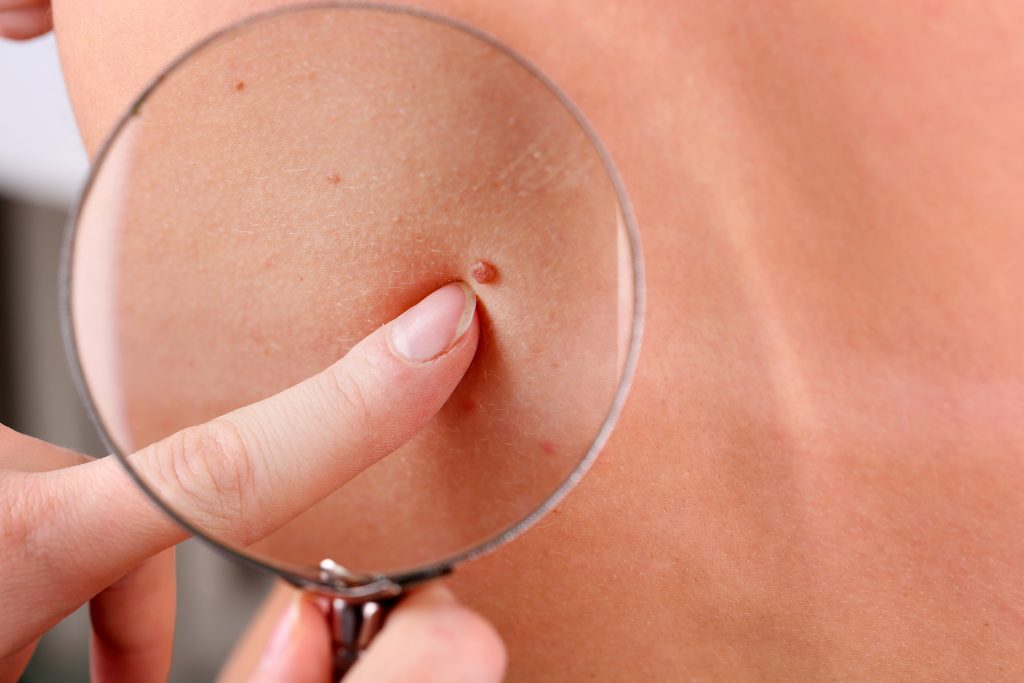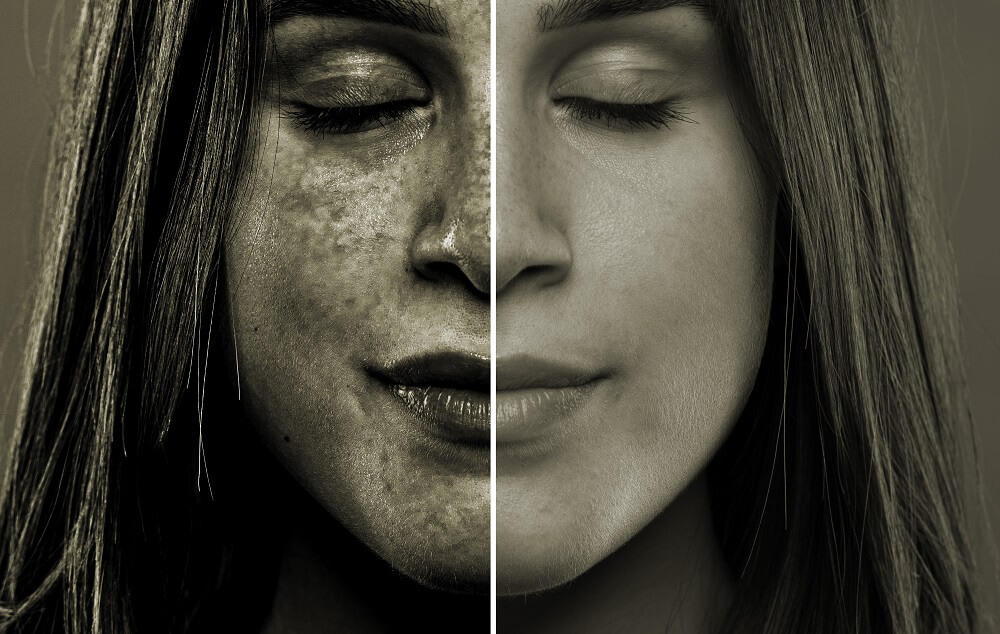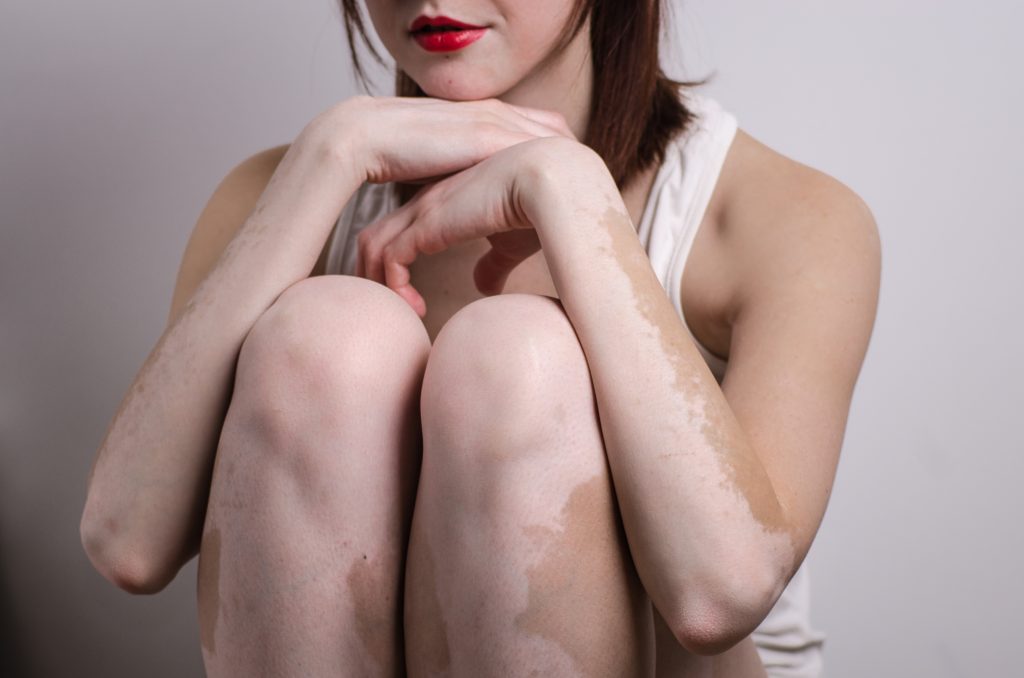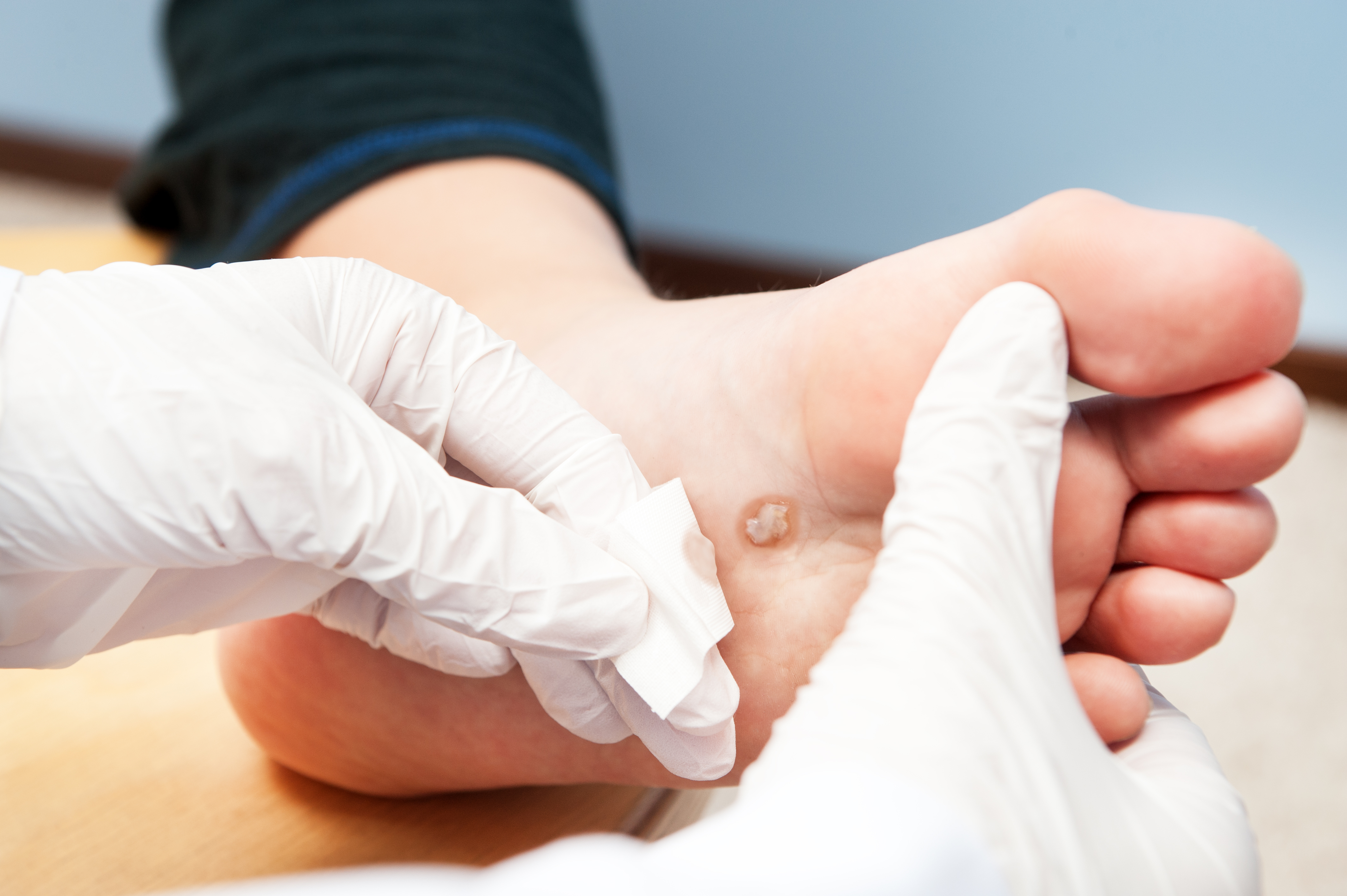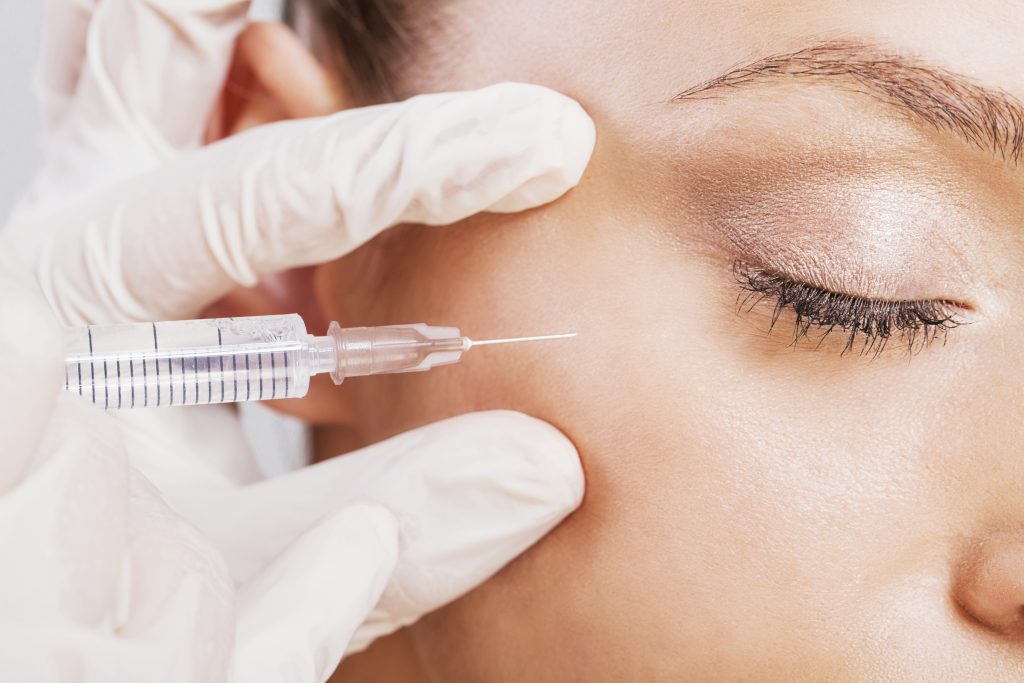Dr. David Baltazar is a highly skilled dermatologist in Phoenix, AZ, dedicated to providing comprehensive dermatology care. His academic journey began at the University of the Pacific in Stockton, California, where he earned his undergraduate degree. He then pursued a Doctorate in Physical Therapy at the same institution and spent several years refining his patient care skills in the field of physical therapy.
Motivated to expand his medical expertise, Dr. Baltazar obtained his medical degree from the Western University of Health Sciences in Lebanon, Oregon. He completed his dermatology residency at HonorHealth in Scottsdale, Arizona, where his leadership and commitment to excellence earned him the position of Chief Resident in his final year.
Dr. Baltazar specializes in surgical dermatology and dermatologic oncology, bringing his extensive knowledge and dedication to patients in Phoenix, AZ. He is passionate about enhancing skin health and addressing various dermatologic conditions.
In addition to his professional pursuits, Dr. Baltazar values family time and has a keen interest in culinary arts, particularly cooking and charcuterie. He is also an avid practitioner of Brazilian Jiu-Jitsu.
Dr. David Baltazar is currently accepting new patients in Phoenix, Arizona. Contact our office today to schedule an appointment with this esteemed dermatologist in Phoenix, AZ, and experience exceptional dermatologic care.
Featured Blogs
- When to Worry About a Rash: Understand and Treat Common Conditions
- More Than Acne: Understanding Skin Conditions That Mimic Acne
- A Step-by-Step Guide to Self-Examining for Skin Cancer
- Blackheads or Sebaceous Filaments? Decoding Your Skin's Messages
- U.S. Dermatology Partners Welcomes David Baltazar, DO to Peoria and Sun City West, Arizona


